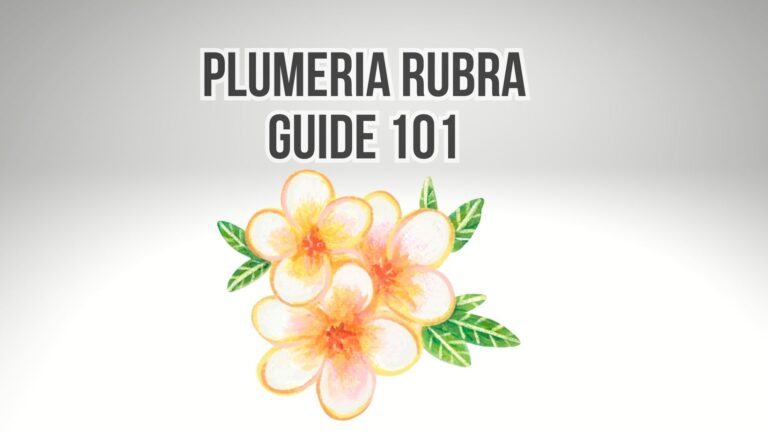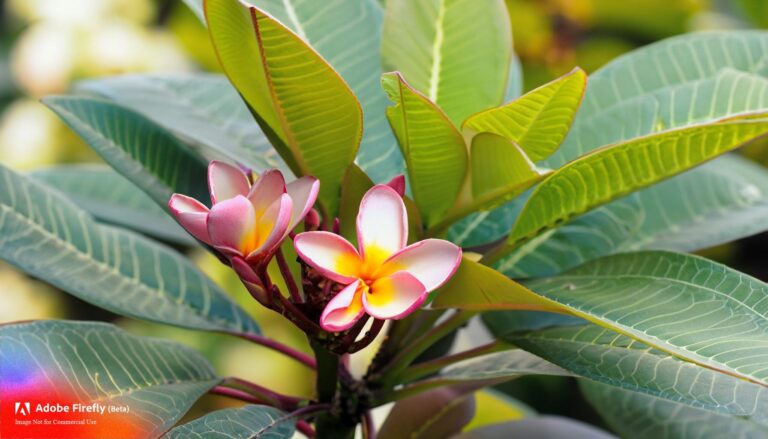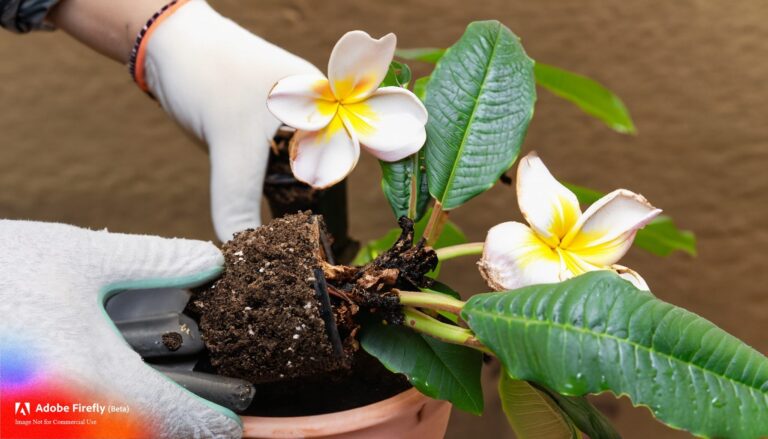
Plumeria plants are prized for their beautiful flowers and exotic fragrance. However, they can fall victim to various pests, including the plumeria borer insect, scientifically known as Lagocheirus obsoletus. In this article, we will explore the causes of plumeria borer infestation, effective treatment methods, and preventive measures to protect your beloved plumeria plants.
Understanding the Plumeria Borer Insect
The plumeria borer insect, Lagocheirus obsoletus, is a destructive pest that primarily targets plumeria trees. The adult insect is a longhorn beetle, characterized by its elongated body and long antennae. These borers lay their eggs on the bark of plumeria trees, and the larvae bore into the wood, causing significant damage.
Causes of Plumeria Borer Infestation
Several factors contribute to the occurrence of plumeria borer infestations. These include:
- Lack of tree vigor: Weak or stressed plumeria trees are more susceptible to borer infestations. Environmental factors, such as inadequate sunlight, poor soil conditions, or insufficient water, can weaken the trees and make them more attractive to borers.
- Injured or wounded trees: Plumeria trees with wounds, cuts, or injuries on their bark are more vulnerable to borer attacks. These insects are attracted to damaged areas where they can easily lay their eggs and bore into the wood.
- Previous infestations: If your plumeria trees have previously experienced borer infestations, they may be at a higher risk of future attacks. The presence of borers in the area can attract additional insects and increase the likelihood of infestation.
Signs and Symptoms of Plumeria Borer Infestation
Detecting plumeria borer infestations requires careful observation of the following signs and symptoms:
- Entry holes: Look for small entry holes on the bark of your plumeria tree. These holes are typically round or oval-shaped and may ooze sap or excrement.
- Sawdust-like frass: The presence of fine sawdust-like material, known as frass, around the base of the tree or near the entry holes is a clear indication of borer activity.
- Wilting or yellowing leaves: Infested plumeria trees may exhibit wilting or yellowing leaves, which can be a result of larval feeding within the tree’s vascular system.
- Dieback of branches: As the borers tunnel through the wood, it can cause branch dieback or stunted growth in affected areas of the tree.
Treatment and Control of Plumeria Borer Infestation
When dealing with plumeria borer infestations, prompt action is essential. Here are effective treatment methods to combat these pests:
- Pruning and removal: Inspect your plumeria trees regularly and prune any infested branches or sections. Cut below the visible damage and dispose of the infected wood to prevent further spread.
- Chemical treatments: In severe infestations, chemical insecticides can be used to control plumeria borers. Consult with a professional arborist or local extension service to determine the appropriate insecticides and follow the recommended application guidelines.
- Protective coatings: Applying a protective coating, such as a tree wound dressing or insecticidal paint, on the wounds and cuts of plumeria trees can act as a deterrent to borers. These coatings create a barrier and make the trees less attractive to these pests.
- Promoting tree health: Maintain the overall health and vigor of your plumeria trees to reduce their susceptibility to borer infestations. Provide adequate sunlight, water, and nutrient-rich soil to ensure robust growth and resilience.
Prevention of Plumeria Borer Infestation
Preventing plumeria borer infestations is crucial for the long-term health of your trees. Here are some preventive measures to consider:
- Prune with care: When pruning your plumeria trees, make clean cuts and avoid causing unnecessary wounds or damage to the bark.
- Monitor regularly: Conduct regular inspections of your plumeria trees to detect any signs of borer activity. Early detection allows for timely intervention and prevents the spread of the infestation.
- Maintain tree vigor: Ensure that your plumeria trees receive optimal care, including appropriate watering, fertilization, and protection from extreme weather conditions. Healthy trees are better equipped to resist borer attacks.
- Avoid stress: Minimize stressors that can weaken your plumeria trees, such as overwatering, underwatering, or excessive pruning. Maintain a balance in tree care practices to keep the trees in optimal condition.
By implementing these treatment methods and preventive measures, you can effectively manage plumeria borer infestations and safeguard the health and beauty of your plumeria plants.
FAQs
- Are plumeria borers harmful to humans? Plumeria borers primarily target plumeria trees and are not harmful to humans. However, their presence can cause significant damage to the trees if left untreated.
- Can I use natural methods to control plumeria borers? Natural methods, such as pruning infested branches and promoting tree health, can help control plumeria borer infestations. However, severe infestations may require the use of chemical treatments for effective control.
- Can plumeria borers affect other types of plants? Plumeria borers are specific to plumeria trees and generally do not affect other types of plants. However, it is essential to monitor nearby plants for any signs of borers or other pests.
- How can I prevent plumeria borer infestations in the future? To prevent future infestations, maintain the health and vigor of your plumeria trees, avoid causing unnecessary wounds, and regularly monitor for signs of borer activity. Taking preventive measures will reduce the risk of future infestations.
- Where can I seek professional help for plumeria borer infestations? If you’re facing severe plumeria borer infestations or need expert advice, consult with a professional arborist or contact your local extension service. They can provide guidance specific to your region and offer appropriate solutions for managing the infestation.






